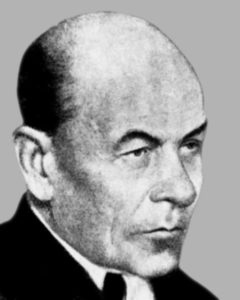
1871 - 1942
Mykola Burachek

description
Mykola Grygorovych Burachek was one of a few of the most consistent and prominent representatives of Impressionism established in Ukrainian painting at the turn of the 19th and 20th centuries. Among other fields of work of the master, there are scenography, acting, pedagogical activity (he was a professor of painting from 1927), the history of art (investigations, writing monographs and articles on arts). Thanks to Burachek’s monograph on Taras Shevchenko, many recognized him as an artist. As a public figure, he was one of the founders and president of the Ukrainian Academy of Arts, as well as an active member of the Union of Ukrainian Artists and an exhibitor of the Association of Artists of Ukraine. In 1936, he was awarded the title of the Merited Artist of the Ukrainian SSR; in 1941, he was awarded the title of the Merited Art Worker.
Key ideas:
– The artist went a way from the landscapes that directly and lively reflect the world, fixing the variability of natural phenomena, to philosophical compositions, where the image of the earth is the synthesis of lengthy and close observations and deep generalizations.
– The concept of Mykola Burachek is in the deep expressiveness of the nature, which is concentrated in the dynamics and strength of the stroke. Pastose and energetically vibrating, it gives the picturesque surfaces a visual texture.
– Natural forms, thus, fuse into a single matter under the artist’s brush; the matter gives life to the sun, air and the realities of the existence.
– In the article “The secrets of my creativity”, N. Burachek stated that his workshop is mainly field, river, forest and coast of the sea… He said, “I love nature, each piece, shape, color, lighting. It excites me, gives me deep experiences, feelings of joy, happiness. I want to convey these experiences in the picture. ”
1871
1889 - 1890
1910 - 1912
1912 - 1917
1918
1925
1928 - 1938
1939 - 1941
1942
The artist was born
Studied at Kyiv University
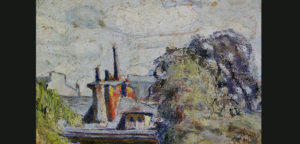
Worked at the Paris workshop of H. Matisse
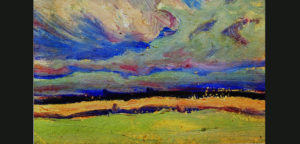
Moved to Kyiv
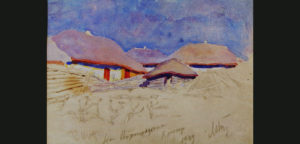
He worked as a teacher at the Kyiv Institute of Theater Arts
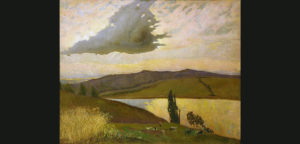
Worked in Kharkiv
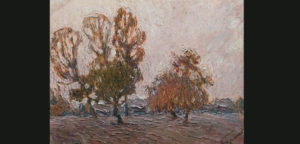
Personal exhibitions
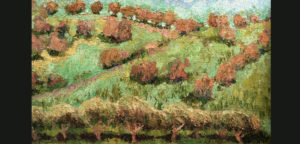
“The Great People's Artist”
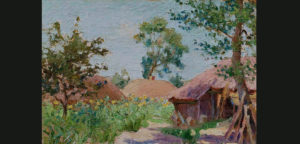
The death of the artist
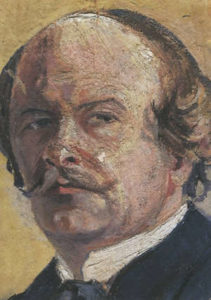
Mykola Burachek
On Artist
flow
Impressionism
Neo-impressionism
Post-impressionism
friends
Ivan Ivanovich Trush
Jan Stanislavsky
Alexander Murashko
artists
Rembrandt
Nikolay Pimonenko
Leon Yan Vychulkovsky
Maurice Denis
Paul Serusier
Pierre Auguste Renoir
Claude Monet
Alfred Sisley
Henri Matisse
By Artist
flow
Modernism
friends
Tadeusz Makovsky
Joseph Yulievich Karakis
artists
Deregus Natalya
